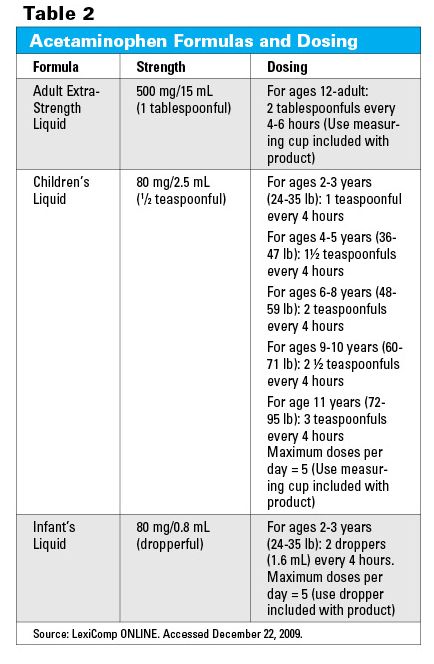Article
Author(s):
Patients learn what OTC items to have in their medicine cabinets, and how to dispose of old medications safely.
Dr. Gurney is an assistant professor of pharmacy practice at Midwestern University College of Pharmacy, Glendale, Arizona.
Does your medicine cabinet seem like a black hole cluttered with prescription and over-the-counter (OTC) medications? How frequently do you think your medicine cabinet should get a check-up? Where should medications be stored? What kinds of medicines and first aid products should you have on hand to treat minor ailments and injuries? How should you get rid of outdated medications? These are important questions to answer to prevent taking outdated medications and avoid potential complications.
Medicine Cabinet Check-ups
It is recommended that you give your medicine a check-up every 6 months or at least once a year. The first step is to take a look at all the medicines (prescription and OTC) and supplies that you have. Check the expiration date on every medication. You don’t want to take chances with a medicine that no longer works the way it’s supposed to or has become a breeding ground for bacteria or fungus. Look for medicines that are discolored, dried out, crumbling, or show other signs that they are past their prime. Discard outdated medications and supplies (including sunscreens) and medications you are no longer taking. Restock supplies that are low or are missing as needed.
Safe Storage for Your Medications
Contrary to popular belief, medications should not be stored in the bathroom medicine cabinet. Showers and baths create heat and humidity that can cause some drugs to deteriorate. It is best to keep your medications in an area that is convenient, cool, and dry. Other first aid products (such as bandages, tweezers, gauze, cotton balls, etc) may be stored in your bathroom medicine cabinet because they are not affected by heat and humidity. Keep all items in their original containers so that no one takes the wrong medicine. Accidental overdoses can occur in children of all ages. Medications should be kept out of the reach of young children, locked up in a drawer or cabinet or on a shelf that they cannot reach. It is important that parents talk with their teenagers about the negative effects (accidental overdose, death) of using OTC medications and other household products.
“Must Haves” for Self-Treatment and First Aid
Table 1 provides a list of medications and first aid products that a home should have. The table includes information on uses, storage, and other important information. For homes with children, special considerations are necessary. When selecting OTC products for children, it is important to choose medications that are appropriate for each child’s age. This may mean stocking regular, children’s, and infant’s strengths of a product. Because each formula has a different amount of medication per dose, it is important to use the dropper or cup that came with that medication. It is also important to know each child’s age and weight to prevent under- or overdosing. Table 2 shows the differences between adult, children’s, and infant’s liquid acetaminophen formulas.
Proper Disposal of Medications
How can you reduce the amount of drugs that end up in your drinking water and the environment? The US Fish and Wildlife Service, the American Pharmacists Association, and the Pharmaceutical Research and Manufacturers of America have banded together to develop “SMARxT DISPOSAL: A Prescription for a Healthy Planet.” The following steps can make a huge difference in protecting our environment. If you are unsure how to dispose of a specific medication, contact your local pharmacist and ask for directions.
SMARxT DISPOSAL Guidelines:
1. For most medications: DO NOT FLUSH unused medications or POUR them down a sink or drain.
2. Be Proactive and Dispose of Unused Medication in Household Trash. When discarding unused medications, ensure you protect children and pets from potentially negative effects:
a. Pour medication into a sealable plastic bag. If medication is a solid (pill, liquid capsule, etc), crush it or add water to dissolve it.
b. Pour kitty litter, sawdust, coffee grounds (or any material that mixes with the medication and makes it less appealing for pets and children to eat) into the plastic bag.
c. Seal the plastic bag and put it in the trash.
d. Remove and destroy ALL identifying personal information (prescription label) from all medication containers before recycling them or throwing them in the trash.
3. Check for Approved State and Local Collection Programs. Another option is to check for approved state and local collection alternatives such as community-based household hazardous wastes collection programs. In certain states, you may be able to take your unused medications to your community pharmacy or other location for disposal.



Suggested Readings
1.
Lewis C. Your Medicine Cabinet Needs an Annual Checkup, Too. FDA Consumer Magazine. 2000: Vol 34. March/April. Available at: http://www.fda.gov/fdac/features/2000/200_med.html. Accessed on April 20, 2008.
2.
National Council on Patient Information and Education. Tips on safe storage and disposal of your prescription medicines. Available at: www.talkaboutrx.org/documents/safe_storage.pdf Accessed April 20, 2008.
3.
Schlesselman L. Musts for the Medicine Cabinet. Pharmacy Times. 2002: 68.
4.
Donn J, Mendoza M, Pritchard J. AP: Drugs found in drinking water. USA Today. March 10, 2008.
5.
US Fish and Wildlife Service, American Pharmacists Association, Pharmaceutical Research and Manufacturers of America. SMARxT DISPOSAL (TM). Available at: http://www.smarxtdisposal.net/index.html. Accessed April 20, 2008.





